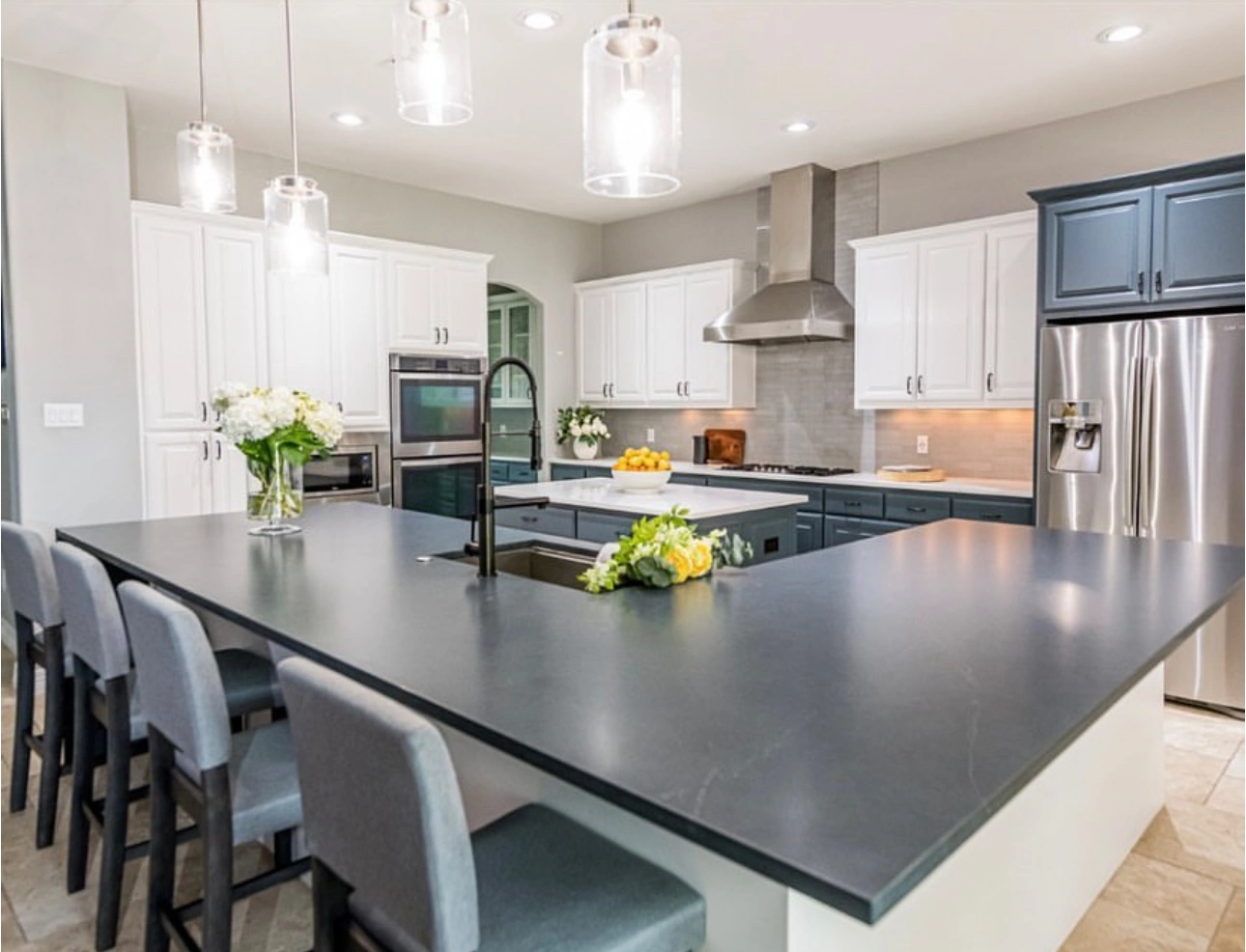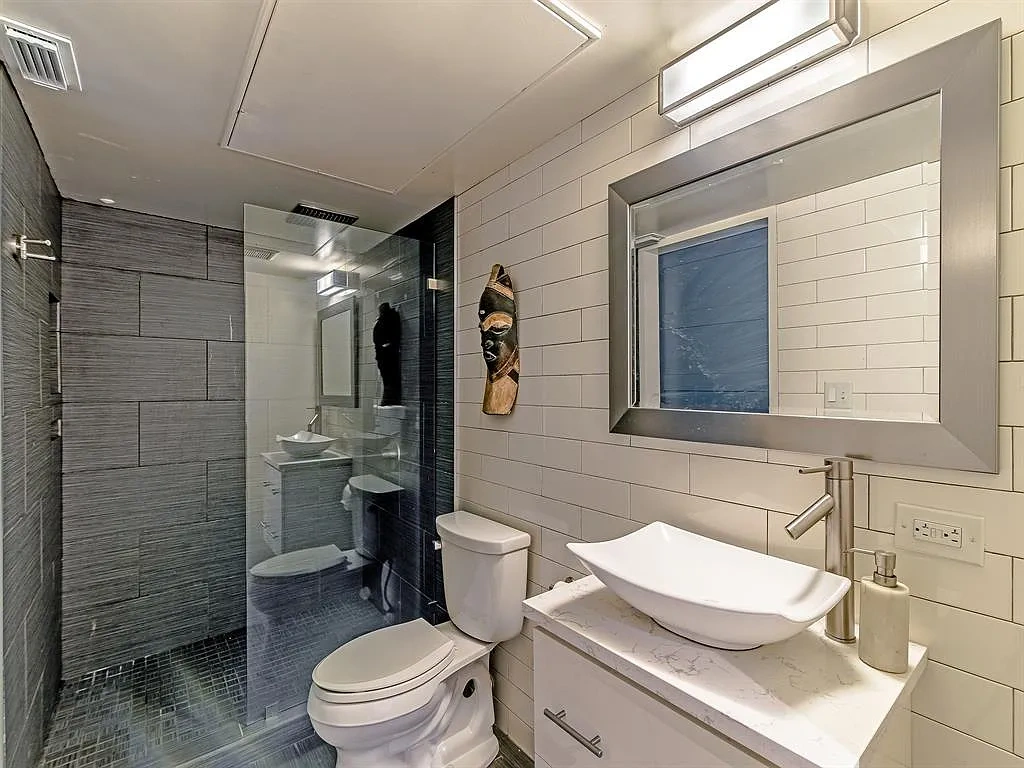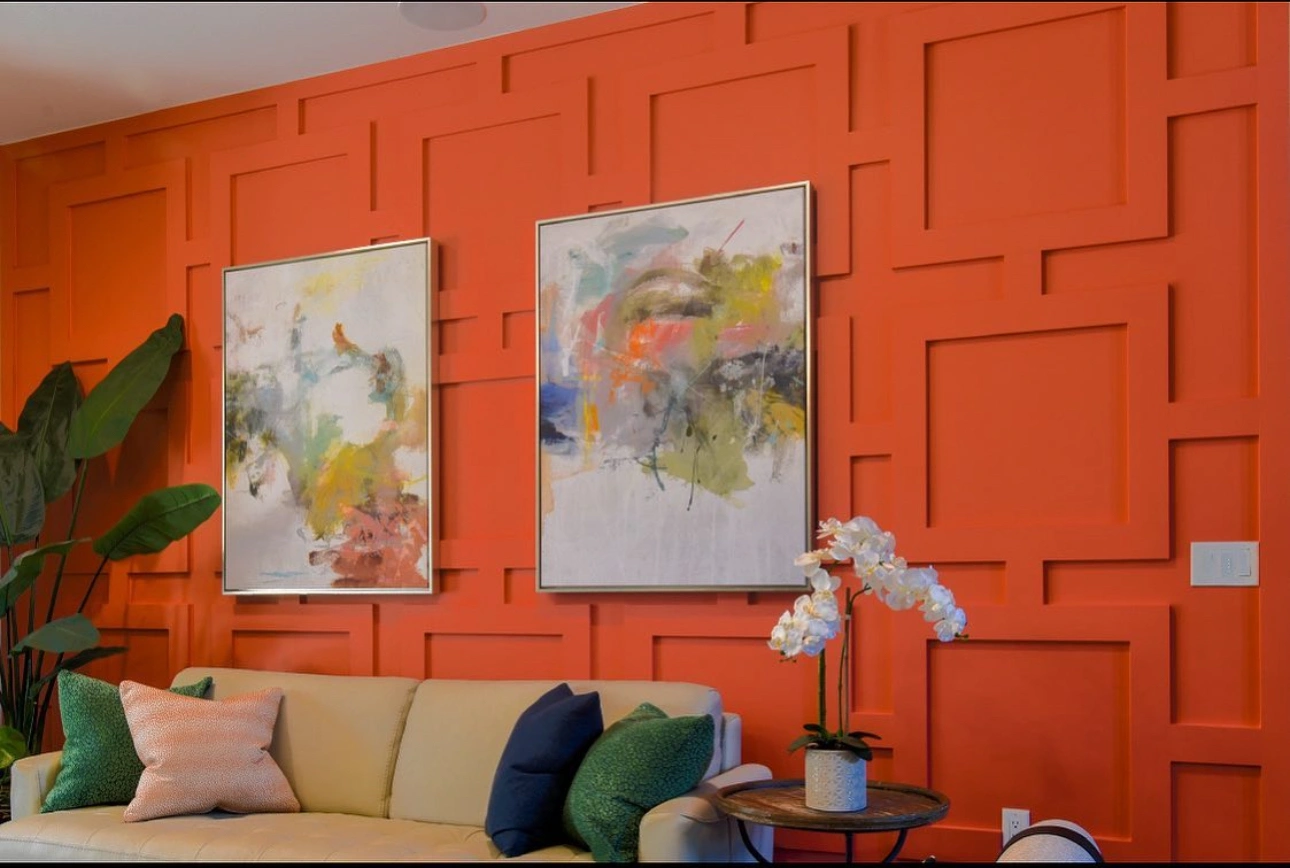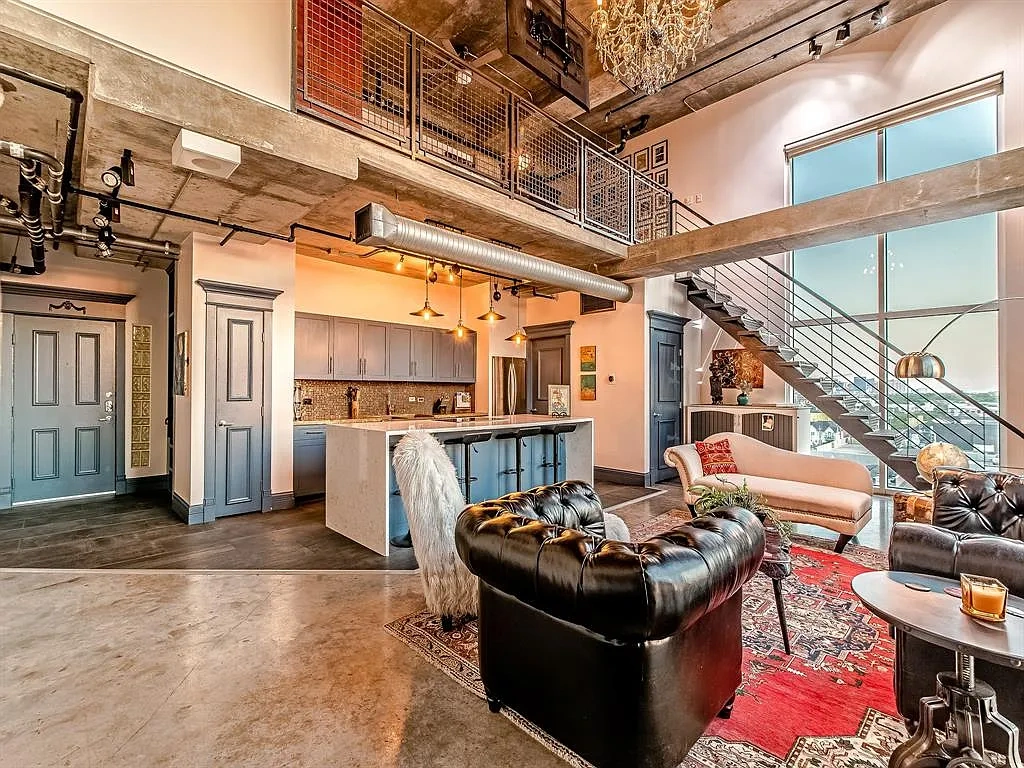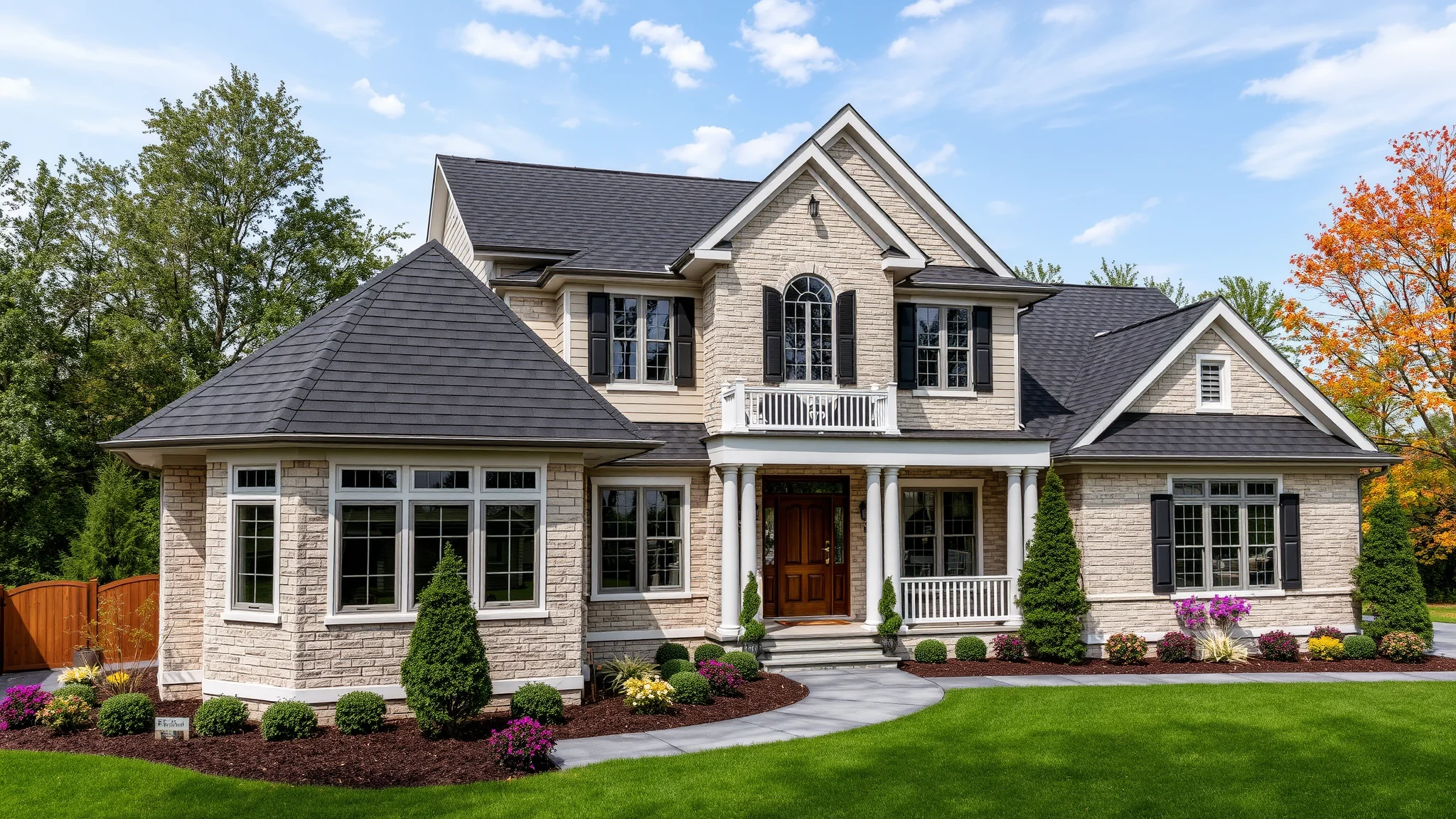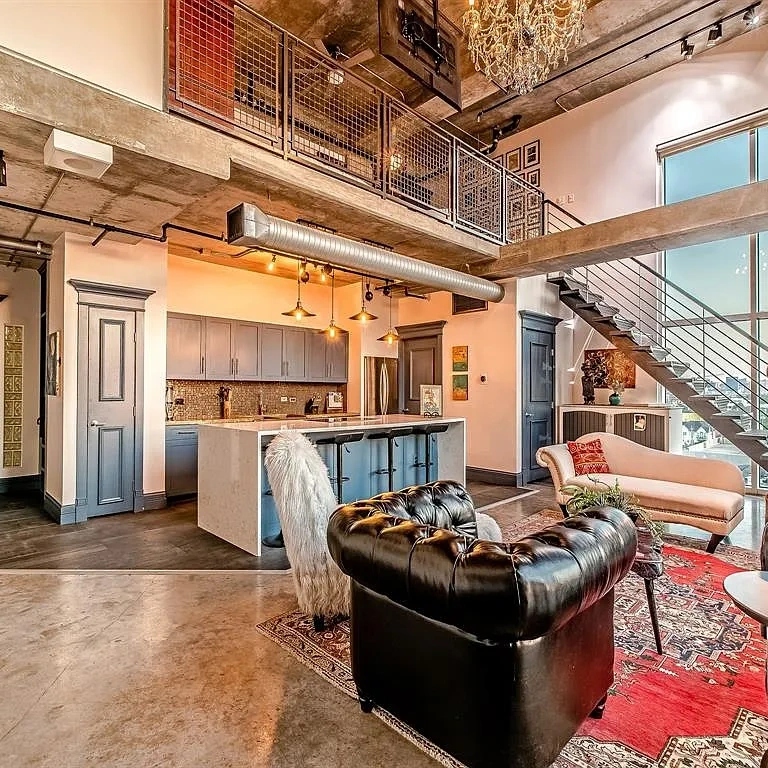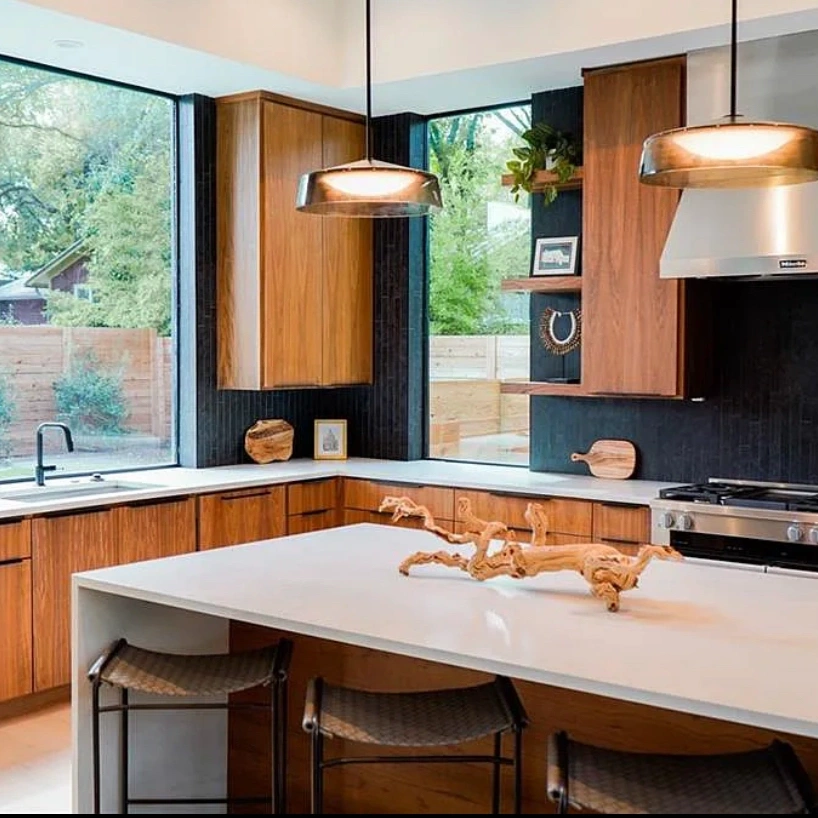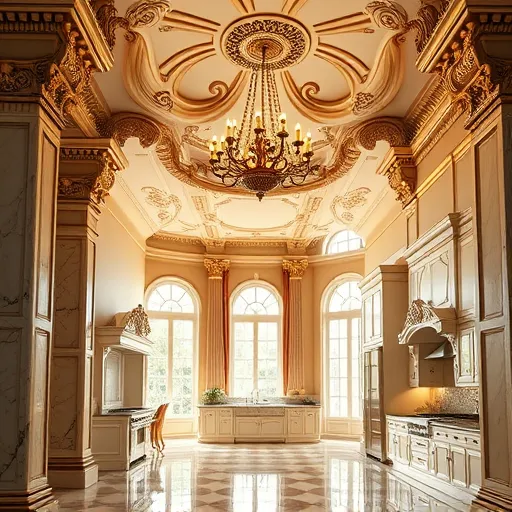
Case Study: Transition to an Open Concept Kitchen | Home Renovation Tips
Is a Case Study Transition to an Open Concept Kitchen Truly the Dream You Envisioned?
Many homeowners in Austin and beyond are lured by the glossy images they see online—bright, airy kitchens that seem to promise a perfect blend of style and functionality. The phrase "case study transition to an open concept kitchen" is now almost synonymous with modern home upgrades. However, beneath the shiny surface, is this remodeling path as ideal as it appears? Or are there overlooked issues and compromises that could turn your dream kitchen into an ongoing disappointment?
What Makes a Case Study Transition to an Open Concept Kitchen So Attractive?
First, let’s acknowledge why so many homeowners are captivated by open concept designs. The promise of spaciousness, better social interaction, and a contemporary look all contribute to its appeal. When you see a well-documented kitchen remodel that transitions seamlessly from cramped to expansive, it's tempting to envision similar transformation for your own space.
Why Might the Reality Diverge From the Case Study?
Is There a Hidden Cost in Open Concept Designs?
Few homeowners realize that the allure of an open space often comes with unexpected costs. Structural modifications, such as removing support walls or re-routing electrical and plumbing systems, can inflate the project's complexity. These hidden expenses are rarely highlighted in the glossy case studies but can significantly impact your budget and timeline, causing frustration rather than satisfaction.
Do Open Kitchen Layouts Compromise Privacy and Function?
While openness promotes social interaction, it can inadvertently compromise privacy. For instance, if you love hosting dinner parties, an open plan can make it difficult to hide messy countertops or cluttered areas. Additionally, noise travels freely, making it harder to concentrate or enjoy quiet moments. You might find that what seemed like a spacious benefit begins to feel intrusive.
Are There Practical Drawbacks to Maintaining an Open Kitchen?
Open kitchen spaces tend to be harder to keep clean and organized. Dust, grease, and crumbs settle quickly and are more visible in expansive spaces. Without proper planning, these issues can turn aesthetic appeal into a maintenance nightmare. Moreover, if you don't incorporate thoughtful storage solutions, clutter can accumulate rapidly, diminishing the appeal of your renovation.
How Does the Actual Construction Process for an Open Layout Fall Short of Expectations?
Beyond the planning phase, the construction process itself can introduce unforeseen issues. Structural changes often require permits and meticulous engineering, which can extend timelines and increase costs. The disruption during construction—noise, dust, and inconvenience—may outweigh the initial benefits you anticipated. Many homeowners express regret that they didn't prepare for the prolonged upheaval involved.
Is the Material Selection for an Open Concept Kitchen Always a Good Investment?
Opting for trendy finishes seen in case study transitions might seem fashionable, but not always practical. For example, choosing high-maintenance countertops or delicate tiles can lead to ongoing disappointment once the reality of daily use sets in. Instead, considering durable and easy-to-clean options, like ceramic tile for flooring (see our ceramic tile options), could save you future headaches.
Will Your Open Concept Kitchen Be Truly Eco-Friendly or Just Appearing Sustainable?
Many case study kitchens showcase trendy eco-friendly features, yet sometimes sacrifice practicality for aesthetics. It's crucial to analyze whether the selected materials and appliances genuinely contribute to sustainability or are merely cosmetic. An integration of eco-minded choices, such as energy-efficient appliances and sustainable materials, will provide a lasting impact beyond just visual appeal (read about eco-friendly renovations).
Is Avoiding Pitfalls During a Case Study Transition to an Open Concept Kitchen Possible?
Given the potential issues, how can you avoid the pitfalls common in open-concept kitchen remodels? Here are some actionable insights:
Engage an Experienced Remodeler: Partner with specialists like Craftsman Collective Remodeling Austin who understand local building codes and structural needs.
Prioritize Practical Design: Balance aesthetic objectives with functionality. Consider where you need storage, privacy, and noise control.
Plan for Long-Term Maintenance: Choose materials and finishes that withstand daily wear, such as durable flooring and easy-to-clean surfaces.
Budget Realistically: Prepare for unexpected costs and scope changes, especially when removing supporting structures or re-routing utilities.
Can a Case Study Transition to an Open Concept Kitchen Truly Improve Your Lifestyle?
The simplest answer is: maybe. While open kitchens can create an inviting atmosphere and boost home value in certain markets, the complications and downsides are often understated. Without careful planning and realistic expectations, the transformation might fall flat, leaving you wishing you had stuck to a more traditional design.
What Are the Alternatives if You Want an Open Kitchen but Fear the Downsides?
Consider partial open concepts or incorporating visual separators such as kitchens islands, glass partitions, or sliding doors. These alternatives provide the benefits of openness without sacrificing privacy or functionality. Plus, they tend to be more adaptable to future changes or remodeling preferences.
Is There a Way to Make the Most of Your Kitchen Remodeling Experience Despite the Challenges?
Yes. By approaching your project with caution and awareness of potential pitfalls, you can still achieve a space that meets your needs and aesthetic desires. Understanding that the "perfect" open kitchen isn’t free from compromise is crucial. Consulting professionals who can provide honest assessments and innovative solutions will help you avoid common mistakes and realize a space that truly fits your lifestyle.
Frequently Asked Questions (FAQ)
Is a case study transition to an open concept kitchen right for every homeowner?
Not necessarily. It depends on your lifestyle, household size, and preferences. Consider the long-term implications and whether the design balances style with practical functionality for your daily routines.
What common mistakes do homeowners make during open kitchen remodels?
Failing to plan for structural changes, overlooking storage needs, and underestimating maintenance requirements are frequent errors. Proper planning and expert guidance can mitigate these issues.
How can I ensure my open kitchen remains functional and inviting?
Focus on thoughtful layout design, durable materials, and customizable storage solutions. Also, consider incorporating elements like dining nooks or partial dividers to offset potential downsides.
Conclusion: Should You Follow the Case Study Transition to an Open Concept Kitchen?
While the allure of a "perfect" case study transition to an open concept kitchen is strong, it’s essential to approach such projects with a healthy dose of skepticism. The promises portrayed in online showcases often overlook the complexities and compromises involved. By remaining cautious, well-informed, and partnering with experienced remodelers like Craftsman Collective Remodeling Austin, you can navigate these challenges more effectively. Remember, real home improvements aren’t just about aesthetics—they’re about creating a space that genuinely supports your lifestyle and future needs.


